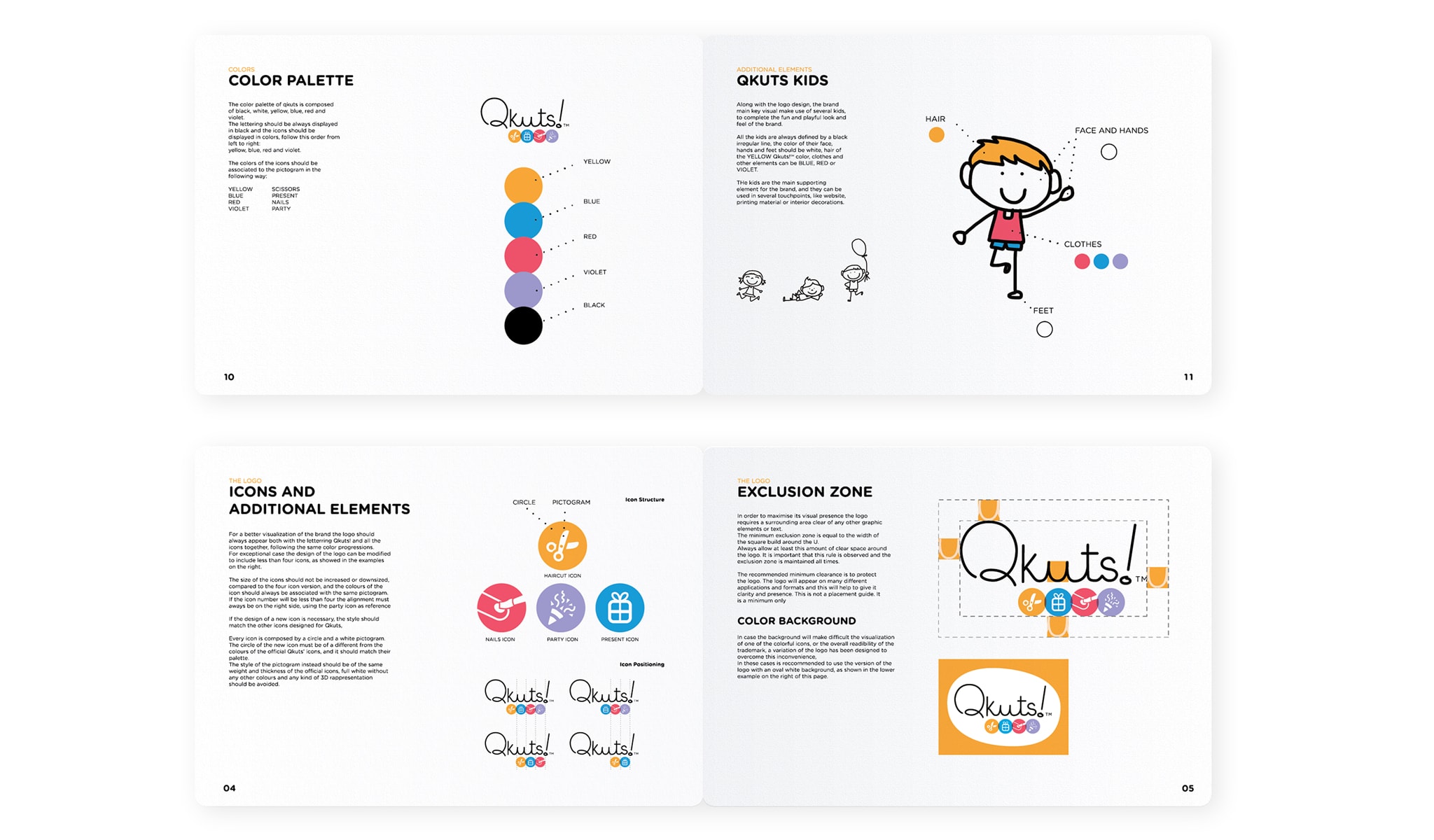Apple's Operating System Rebranding: A Deeper Look

Table of Contents
The journey of Apple's operating systems began with simple, functional names, reflecting a focus on pure utility. However, over the years, the approach shifted towards more user-friendly and marketing-driven appellations, reflecting the company's growth and changing strategies. This evolution of Apple’s Operating System Rebranding is a fascinating case study in how effective naming can influence market perception and brand loyalty.
The History of Apple's OS Naming Conventions
Early Days (System 1-7): The Foundation
The early Macintosh operating systems, known simply as System 1 through System 7, lacked the catchy marketing names of their later counterparts. These early versions focused primarily on functionality, reflecting the nascent stage of the personal computing market.
- Key Features: Basic windowing system, rudimentary file management, limited multitasking.
- Target Audience: Early adopters, technically inclined users.
- Market Position: Pioneering the graphical user interface (GUI) but facing limited competition.
The straightforward naming reflected the technology’s infancy – a focus on functionality above all else. There wasn't the need for elaborate branding; the technology itself was the selling point.
The Rise of macOS (System 8-macOS Monterey): A Shift Towards User-Friendliness
With System 8, Apple began a transition toward more descriptive and user-friendly names, signaling a move towards broader market appeal. The introduction of Mac OS X (later macOS) marked a significant shift, not only in functionality but also in branding.
- Mac OS X (Cheetah, Puma, Jaguar, Panther, Tiger, Leopard, Snow Leopard): A playful, yet sophisticated naming scheme that built anticipation and fostered community excitement.
- Marketing Strategies: Emphasized ease of use, power, and visual appeal.
- Target Audience Shift: Expanded to include a wider range of users, from professionals to home consumers.
The shift to more appealing names was a conscious decision to broaden market reach, associating the operating system with positive connotations and accessibility.
iOS and iPadOS Evolution: Mobile Mastery
The introduction of the iPhone necessitated a new operating system, initially called iPhone OS. The subsequent rebranding to iOS, and later the creation of iPadOS, reflects Apple's strategic approach to tailoring the OS experience for specific devices while maintaining a consistent brand identity.
- iPhone OS to iOS: Simplified the name, aligning with the established Apple brand vocabulary.
- Target Audience Differentiation: While both iOS and iPadOS share a common foundation, iPadOS emphasizes features optimized for the larger screen and multitasking capabilities of the iPad.
- Feature Divergence: The separate branding reflects the growing functional differences between the iPhone and iPad operating systems.
watchOS and tvOS: Branding Consistency and Diversification
Apple's approach to watchOS and tvOS demonstrates a consistent strategy of aligning the operating system name with the hardware it powers while maintaining a clear brand identity within the wider Apple ecosystem.
- Features Highlighting Platform Specificity: watchOS is optimized for the smaller screen and wearable nature of the Apple Watch, while tvOS focuses on the large-screen experience of the Apple TV.
- Market Positioning: These specialized OS versions cater to niche markets within the broader Apple consumer base.
- Branding Alignment with Parent Products: The names clearly associate the operating systems with their respective hardware devices, reinforcing the Apple brand.
The Strategic Implications of Apple's OS Rebranding
Target Audience and Market Positioning
Apple's OS rebranding efforts have significantly impacted audience perception and market share.
- Examples of Name Changes Influencing Consumer Perception: The shift from "Mac OS X" to "macOS" streamlined the name, creating a more modern and less technical impression.
- The Role of Marketing Campaigns: Each OS release was accompanied by targeted marketing campaigns, reinforcing the new branding and highlighting key features.
The carefully chosen names have played a crucial role in shaping consumer perceptions of Apple's products.
Brand Consistency and Identity
Consistent naming conventions have contributed significantly to building a strong Apple brand image.
- Examples of Successful Branding Strategies: The consistent use of "OS" across all platforms contributes to brand recognition and a feeling of unity within the Apple ecosystem.
- Impact on Consumer Loyalty: The carefully crafted brand identity fosters consumer loyalty and trust in the Apple ecosystem.
Apple’s strategic and consistent branding is a key factor in their overall brand strength and market position.
Competition and Differentiation
Apple's OS rebranding has also played a role in differentiating its offerings from competitors.
- Comparison to Competitor OS Branding: Apple's branding strategy stands in contrast to competitors with more functional or technical-sounding names for their operating systems.
- Analysis of Successful Differentiation Strategies: The focus on user-friendly names has created a perception of simplicity and elegance, differentiating Apple's OS from more technically oriented alternatives.
Apple’s branding strategy helps it to occupy a unique space in the OS market.
Future Predictions and Trends in Apple's OS Rebranding
Potential for Future Name Changes
Considering advancements like AR/VR integration and the potential convergence of devices, future rebranding is plausible.
- Potential Future Names: Names reflecting the integration of augmented reality or a unified platform experience could emerge.
- Predictions Based on Current Trends: A more abstract or symbolic name might be adopted to represent the next generation of Apple's operating system.
The future of Apple’s OS branding will depend on emerging technologies and market demands.
The Impact of Cross-Platform Integration
Increased cross-platform compatibility could necessitate a unified branding strategy.
- Potential Unified Branding Strategies: A single, overarching name could be adopted to emphasize seamless integration across devices.
- Challenges in Maintaining Consistency Across Diverse Devices: Balancing the need for a unified brand identity with the specific features and functionalities of different devices remains a challenge.
As Apple pushes further into a more connected ecosystem, future rebranding efforts will likely reflect these advancements.
Conclusion: Apple's Operating System Rebranding: A Summary and Call to Action
Apple's Operating System Rebranding history demonstrates the power of thoughtful naming conventions in building a strong brand and influencing market perception. From functional early names to the more consumer-friendly branding of today, Apple’s choices have strategically shaped its identity and success. Understanding these strategic implications is vital for appreciating the overall impact on Apple's market dominance.
We encourage you to share your thoughts on Apple's OS rebranding journey and discuss what you believe the future holds. What are your predictions for Apple's future branding strategies? Join the conversation and contribute to an ongoing analysis of Apple operating system rebranding and its impact on the tech landscape.

Featured Posts
-
 Dmps Cell Phone Policy District Wide Changes Coming Next School Year
May 30, 2025
Dmps Cell Phone Policy District Wide Changes Coming Next School Year
May 30, 2025 -
 Ticketmaster Y Setlist Fm Planifica Tu Experiencia Concertistica Perfecta
May 30, 2025
Ticketmaster Y Setlist Fm Planifica Tu Experiencia Concertistica Perfecta
May 30, 2025 -
 Royal Bath And West Show Half Term A Guide To Rides Shows And Family Activities
May 30, 2025
Royal Bath And West Show Half Term A Guide To Rides Shows And Family Activities
May 30, 2025 -
 Kawasaki Z900 Dan Z900 Se Perbandingan Harga Dan Spesifikasi Di Indonesia
May 30, 2025
Kawasaki Z900 Dan Z900 Se Perbandingan Harga Dan Spesifikasi Di Indonesia
May 30, 2025 -
 O Sucesso De Bruno Fernandes No Manchester United
May 30, 2025
O Sucesso De Bruno Fernandes No Manchester United
May 30, 2025
